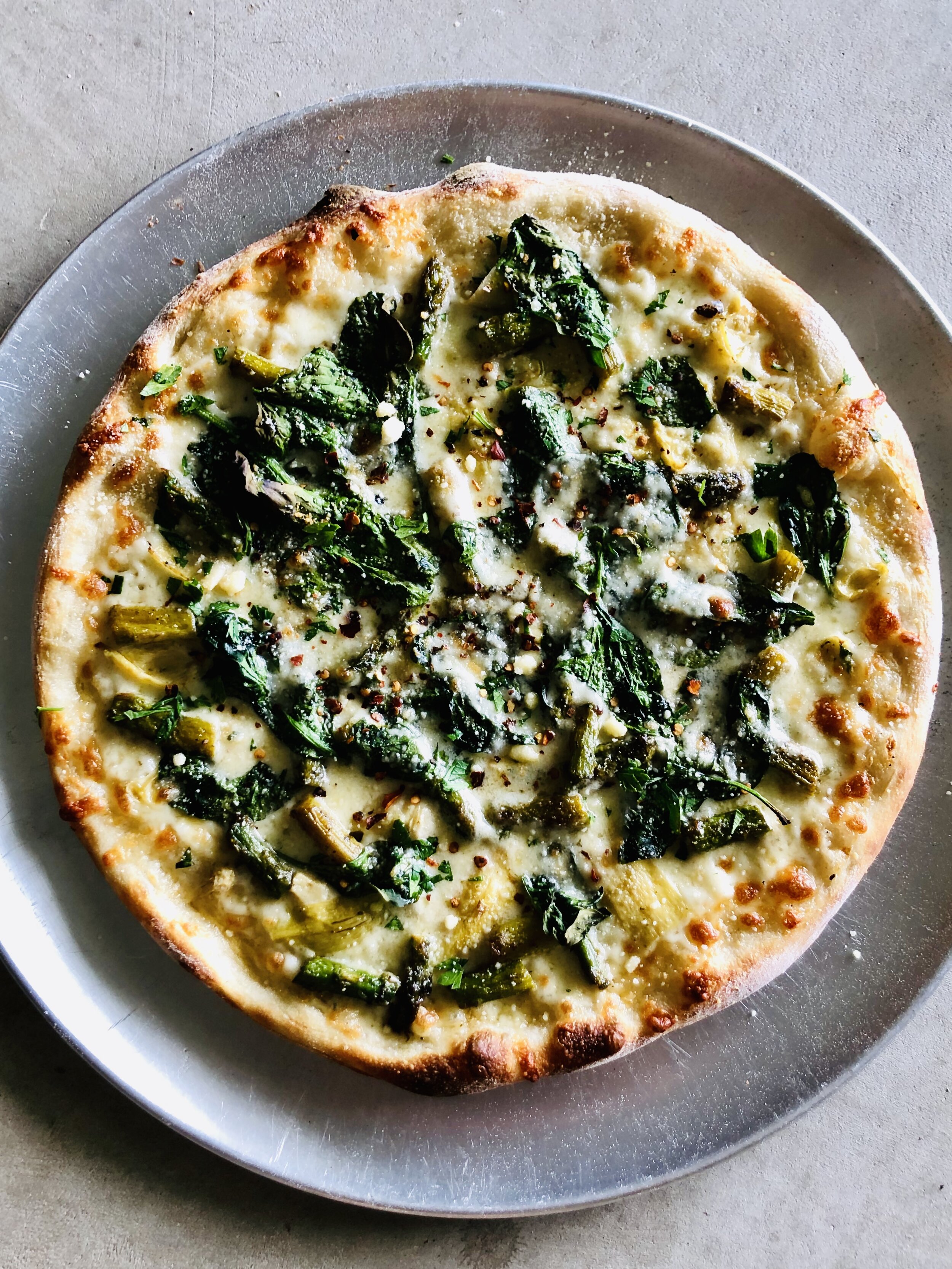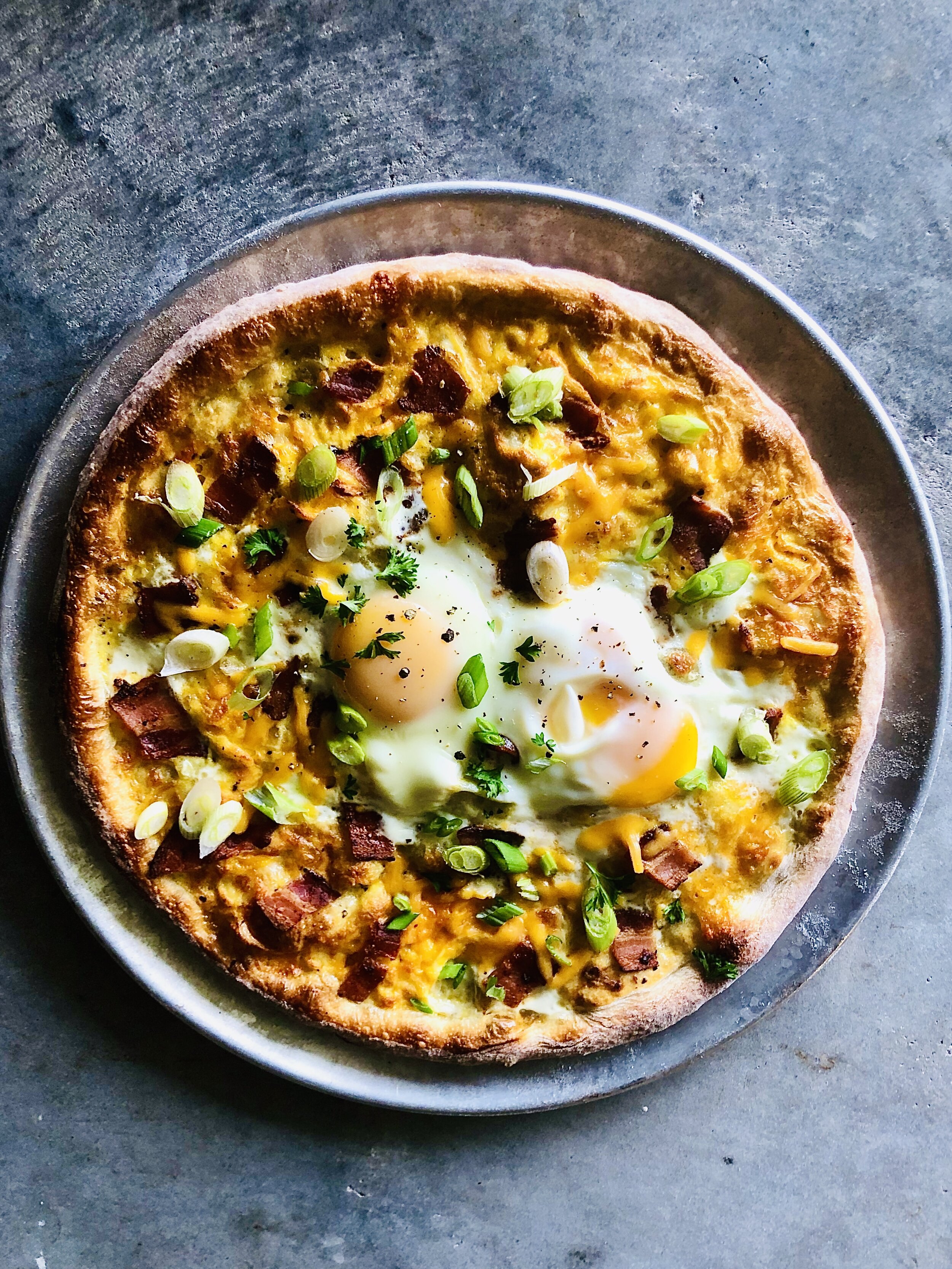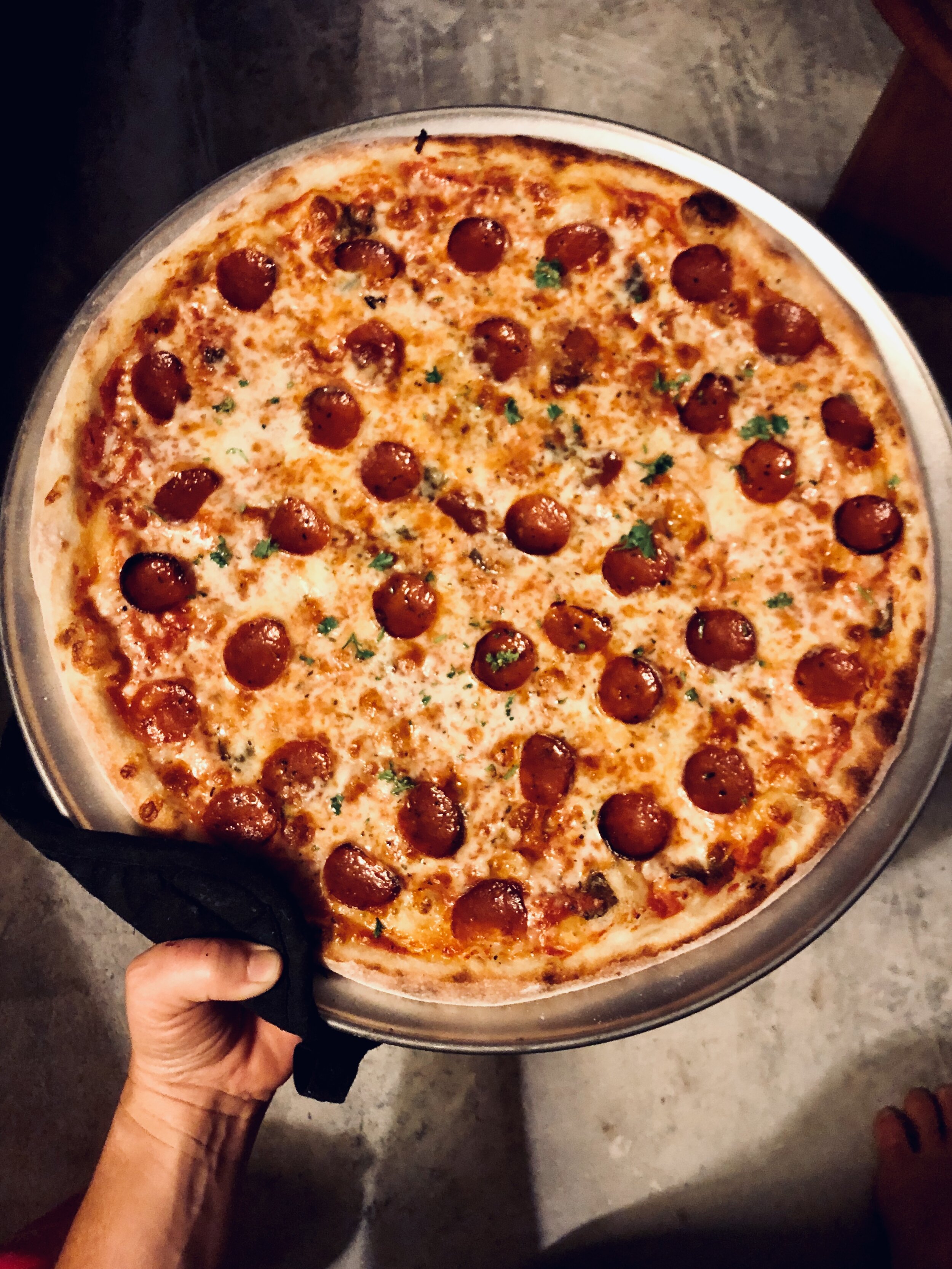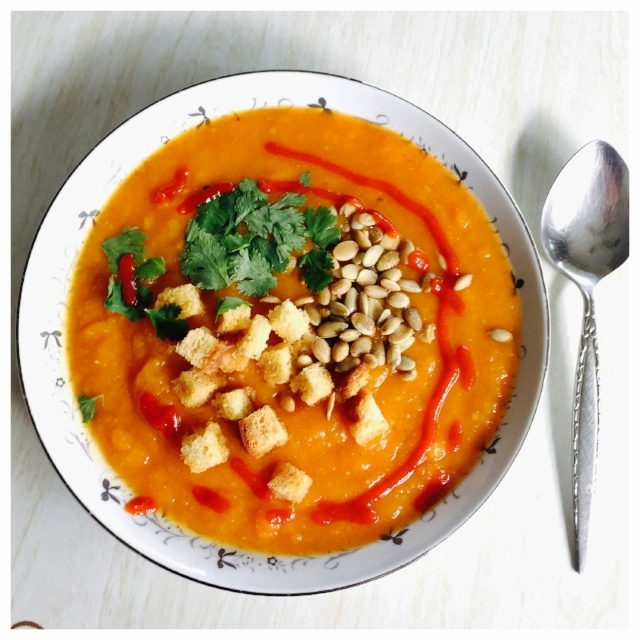August 2020: Quick and Easy Homemade Pizza Dough
You need an easy Homemade Pizza Dough recipe in your life! Something that is quick and low maintenance so you can crank out pies on a whim. For real! If you’ve been ordering pizza out our purchasing store bought dough you are missing the simplicity of pizza being a house staple. I like to think of pizza as a catch-all. It’s one of those last minute concoctions that can be quickly thrown together. Yeah, yeah yeah… dough has to rise but the truth is, the dough is typically good to go by the time you are finished prepping all your other ingredients. Just start the dough first. I’ll also remind you that pizza is a “flat bread” meaning, if you screw it up and the dough doesn’t rise, it’s not a problem. Thin crust is still good crust! and this is not up for debate!
Anyway, the need for this dough recipe is not for banging out pies. It’s for managing food going bad in your fridge! I think just abut any ingredient can be turned into a pizza topping and honestly that’s were your culinary creativity will truly shine. If you don’t believe me, throw a random ingredient in the comments and I will get back to you with how I’d work it into a pie. Pizzas can go beyond that of tomato sauce and mozzarella. Gawd, half the time, I’m out of those things entirely. But never out of pizza. Ever! Below is a spinach, artichoke, Alfredo pizza with Parmesan and the other is a breakfast version with bacon, eggs and cheese. There are so many options. Just get down with making your own crust!
Pizza Crust Recipe
Ingredients:
- 3 cups flour
- 2 tsp yeast (rapid rise and dry active are both fine)
- 1 1/2 tsp sugar
- 1 1/2 tsp salt
- 1 1/2 cups warm water
- 1 tbsp oil
Directions:
- In a large mixing bowl add all the dry ingredients and combine.
- Add the warm water and oil and start mixing.
- Mix until the dough starts to come together and pull away from the bowl and then dump out onto a lightly floured surface.
- Knead the dough until it comes together and forms a ball.
- Continue to knead for about 10 minutes until the ingredients are well combined.
- At this point you can either divide the dough into two balls for 14 inch pies or split into 4 dough ball and make personal pies.
- Grease a sheet tray and place your dough balls on it. Lightly oil them with a thin coat then cover and let rest for 30 minutes to an hour or until doubled in size.
- Once doubled it's pizza time! If baking on a sheet tray, oil it and then plop your dough ball onto it and gently stretch towards the edges. If using a pizza pan/screen you can either lightly toss the dough if you have them skills or flour the counter and roll it with a rolling pin. Then transfer the dough onto the pan.(Do not roll the dough out on a pizza screen. This will cause it to stick to the screen when baking. (If either technique has the dough springing back on you, refusing to hold the stretch, pause, let it rest for 10 minutes, and then come back and continue the process.)
- Once your dough is in place, go about adding your sauce, cheese and toppings.
- Bake at 550F degrees (or the highest temperature your oven will allow)on the top rack for 10 to 15 minutes keeping an eye on the cheese for browning.
- Remove after baking and let cool slightly before slicing.
For real! If you don’t know how to use an ingredient, drop it in the comments and I’ll give you a pizza “flavor profile”. Building unique pizzas is my jam! I love the basics, but I also all love the non-traditionals…
Happy pizza making!










